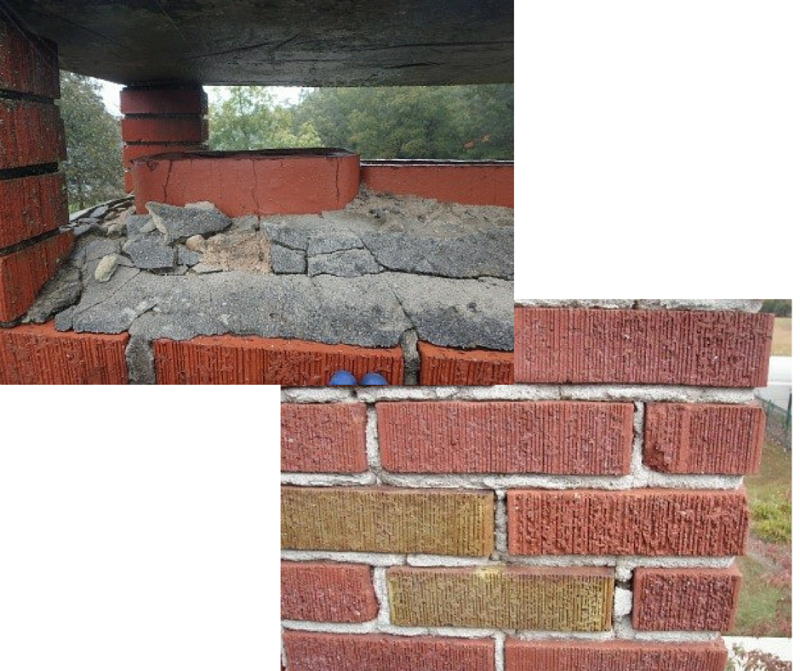by Renee Brigman | Mar 20, 2017 | Leaky Chimney
South Carolina weather brings hurricane leftovers, seasonal rains, and high humidity. So… if you’ve got a masonry chimney, it’s going to be especially susceptible to water, since brick and mortar are porous materials. You can avoid costly repairs by choosing...

by Renee Brigman | Nov 6, 2015 | Leaky Chimney
Your chimney has NEVER leaked before! Why now? Well we’ve gotten more rain around here than we’ve had in 200 years, and the sad fact is – a chimney is just a big sponge. Like a sponge — when it gets saturated, the water will run out anywhere and anyhow it can....


